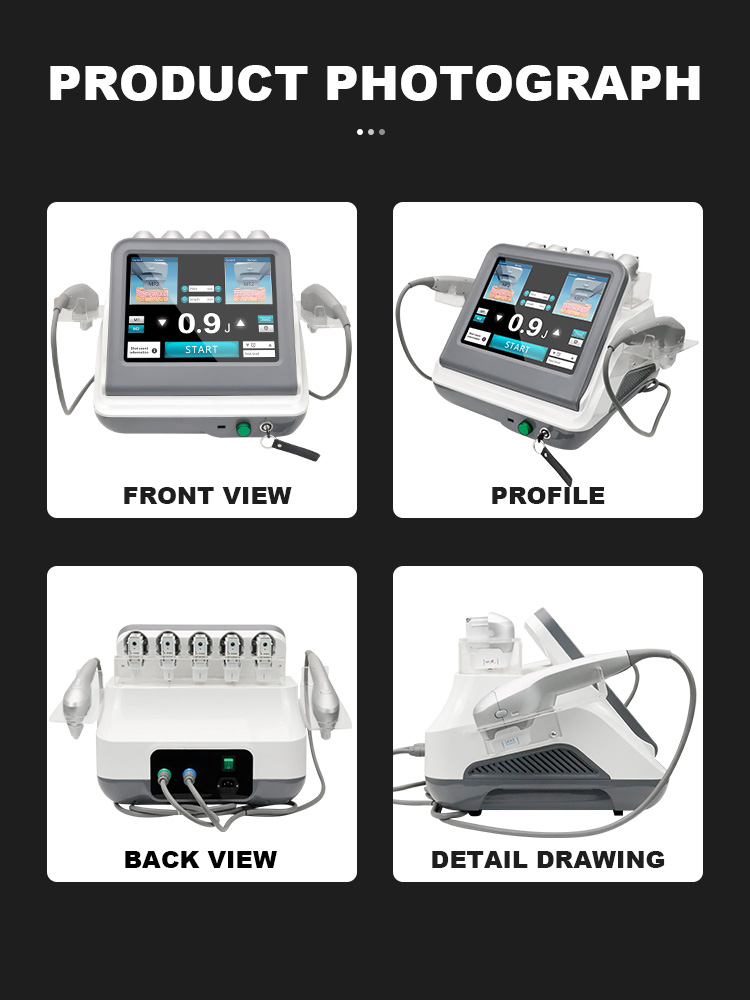The Ohio Department of Rehabilitation and Corrections has removed four tattoos from inmates and started the lengthy tattoo removal process on 230 inmates in total a year after starting to offer un-inking eligible inmates to help them re-enter society.
The state spent $92,735 on tattoo removal equipment, which is located at the ODRC’s Franklin Medical Center in Columbus and operated by medical staff. An additional cost of removal includes transporting prisoners to and from Columbus for the multiple procedures necessary to complete removal. Ipl Machine

Fully removing a tattoo can take many procedures that need to be spaced out by four-to-six weeks and can take over a year to finish, which is why only four tattoos have been removed so far though 592 procedures have been performed on 230 inmates since the program launched in March 2022.
As a result of how long it takes, Ohio prisoners with less than a year remaining on their sentence would not be eligible, under the guidelines. Otherwise, Ohio prisoners closest to their release date are prioritized.
ODRC documents show that the program’s stated purpose is to help inmates reintegrate with the community after they leave the state’s prison system — a goal it aims to achieve by specifically targeting prisoners with tattoos that might impede their employment.
Eligible prisoners are those with tattoos visible while donning business casual clothes; those within one-to-three years of their release date; those with visible tattoos pertaining to any gang affiliations; those with human trafficking branding tattoos; and those whose tattoos represent a security concern.
The Dayton Daily News reported in 2019 that ODRC was exploring offering tattoo removals.
“We have people who have completely rehabilitated themselves and left behind what they were doing before but they have these tattoos,” ODRC Director Annette Chambers-Smith said at the time. “When I was asking one fellow if he would do tattoo removal if we had it, he started crying.”
Butler County Sheriff Richard K. Jones, a former employee of the ODRC for 17 years with over 40 years experience in law enforcement, called the program “ridiculous” in a recent interview with this news outlet, arguing that there are larger problems facing ex-prisoners in their quest for employment upon release than visible tattoos. Jones said the ODRC should be spending the money elsewhere.
“It should not be a priority for the department of corrections removing tattoos. I think it’s a crazy idea,” Jones said. “They should spend more resources and time trying to help people get jobs (for) a majority of prisoners; working on resumes, trying to hook them up with employers, trying to figure out transportation to get to work when they’re released.”
While Jones did express support for removing prisoners’ derogatory or racist tattoos, the sheriff said the large scale process of transporting prisoners from correctional facilities across the state to Columbus for tattoo removal is too complicated and pricey, especially when most Ohio facilities are already understaffed.
“It’s pulling people out from non-medical reasons or emergencies and the taxpayers are going to pay, I would assume, millions in the end, not thousands, millions,” Jones said. “The $90,000 is not a true cost, that’s just the equipment, that doesn’t count the cost of having this done.”
Kevin Werner, policy director for the Ohio Justice & Policy Center, said in a recent interview that the program tackles only a small part of the employment problems ex-prisoners face in a state where employers are able to deny applicants based on their criminal record. He characterized the program as a one ounce solution to a 50 pound problem.
“At the end of the day, if a prospective employer is going to look no further than a background check and make a determination for whether or not they’re going to hire somebody, then what’s the point of having a tattoo removed, you know what I mean?” Werner said. “The bigger issue is the blanket policy that employers have where they will not call back a qualified applicant for a position because they have a criminal record.”
Werner did say that he can see the individual benefit removing a tattoo might have on Ohio inmates who would sincerely like to get rid of tattoos that no longer, or perhaps never did, suit them, specifically in the case of human trafficking survivors.
Some former ODRC inmates and human trafficking survivors have to seek tattoo removal outside of the ODRC. Ohio-based TakeTatt is one of many private companies across the country to provide low-cost laser tattoo removal procedures, and one of fewer companies to provide that work for free or reduced cost for former inmates or human trafficking survivors.
Before any discount, TakeTatt charges $125 to $240 per session for most tattoo removals, based on size. The rate can go up for really large ones.
James Gallagher, a TakeTatt cofounder alongside Wesley Henderson and Kris Moore, told this news outlet that the company receives a handful of applications each week from folks hoping to participate in their outreach programs. The company has been doing outreach procedures for about a year and has several clients nearing completion, but none have finished just yet.
“Our clients that are a part of our reentry program are some of the nicest and most appreciative,” Gallagher said. “We’ve had people crying once about how grateful they were after a session and it’s really touching just how you’re helping individuals hopefully change their life for the better.”

Machine Laser Alexandrite Avery is currently covering the Ohio Statehouse with a specific emphasis on this August's historic vote on Issue 1. He also covers various areas in Butler County for the Journal-News including Oxford, Trenton and the West Chester businesses.